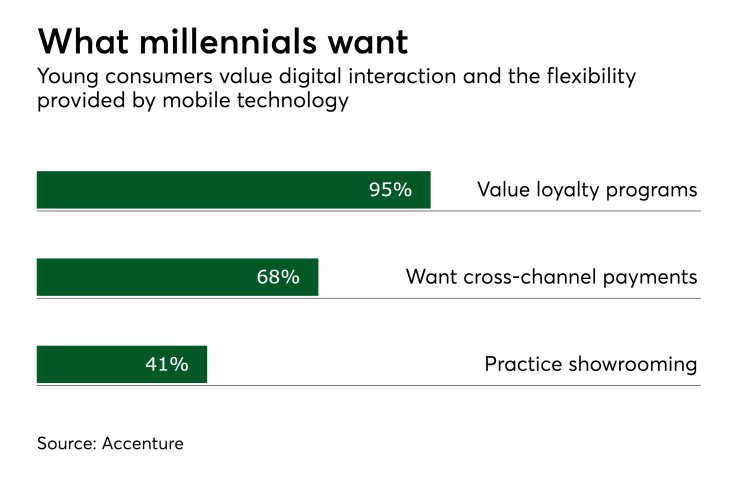Want unlimited access to top ideas and insights?
Millennials seem to be voting with their wallets for the convenience provided by these subscription services.
Not having to worry if you have milk in the fridge, or enough toilet paper is well worth the extra few dollars that it might cost. The other factor that vendors should not take lightly, is that subscription customers tend to be more loyal, providing predictable, recurring income.
So, how then do you provide these customers with the ability to subscribe to your product or service? Despite the new trending payment systems, three methods remain the kings of the trade: credit cards, bank transfers and e-wallets.

Credit cards remain the number one to make payments worldwide for two simple reasons. First, because the payments are guaranteed up-front, merchants don’t have to worry about settlement issues. Second, they are the easiest to set up. If you are in an industry with narrow margins, the cost of fees, fraud, and chargebacks can chip away at your profit, but in most industries, these hassles are relatively minor when compared to the convenience to both merchant and customer.
Even though bank transfers can be a little more difficult to set up, the lower fees and incidence of fraud can be well worth the effort, especially for more regional merchants. This is because there are so many types of payment processing systems that you need to deal with for each financial jurisdiction – each with their own rules and processes. The major bank transfer systems to know are: ACH (Automated Clearing House) in the U.S.; PAD (Pre-Authorized Debits) in Canada; SEPA (Single EuroPayments Area) in Europe and UK Direct Debit in the UK.
In dealing with direct transfers, you as the merchant need to manage the bank processes, so handle them with care. Some of these can be very tricky, SEPA for example, and in smaller markets, it may be necessary to use local rules and agencies to navigate the subscription setup process.
In the case of e-wallets, maybe these systems shouldn’t be included as a platform of their own since most of them are simply a middleman that manages the complexity and security of the back-end credit cards or bank transfers. The most popular e-wallet today is PayPal. Established eWallets generally have a proven track record in each country they operate in. Google Wallet, Amazon Payments, and Samsung Pay that we mentioned earlier are also examples of established and trusted e-wallets.
As subscription services continue to grow, businesses will see most spending lump as regular purchases with suppliers on a recurring basis. These transactions are likely to be subscriptions made by millennials as their purchasing power continues to grow and
Despite the obvious advantages that recurring payment models offer, predictable cash flow, higher customer retention, and operational efficiency, relying on subscriptions also requires vigilance.
Changes in banking information can lead to declined authorizations and frustrate customers, threatening customer satisfaction and affecting the bottom line.
A subscription is not a way to lock your clients' money in your vault and traditional business practices to maintain customer loyalty still apply and re-enroll people who fall through the cracks will pay dividends in the long run.
The security and predictability of setting up recurring business payments can serve as a boon to any company, in virtually any industry. There are few things that an online company can do to predictably increase their revenue than streamline their subscription service and promote it to your existing customer base.





